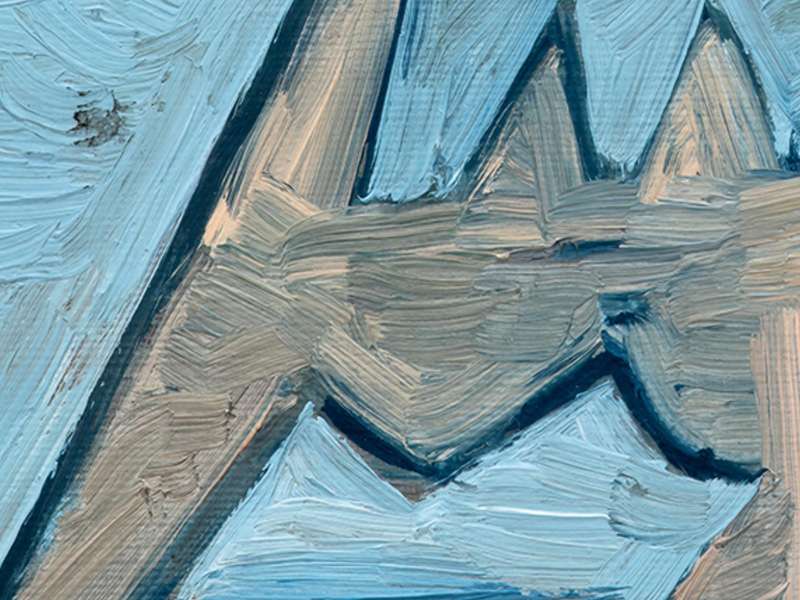
Picasso, Timeless Art
Picasso did not consider the art that inspired him, which moved his creative mind in an unstoppable desire to open new paths, as "primitive", he did not see a "before" and an "after" in art, there was no "other", "different" art: Picasso conceived it as a timeless Whole.
자세한 정보